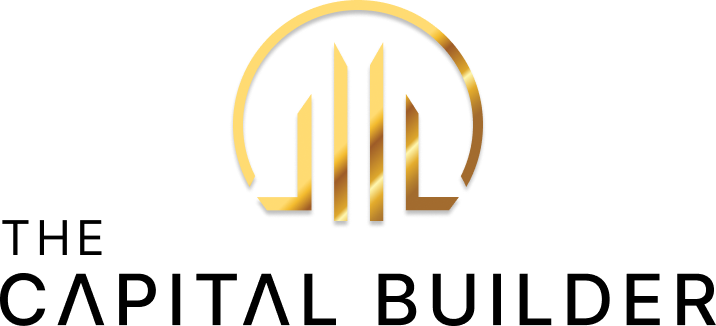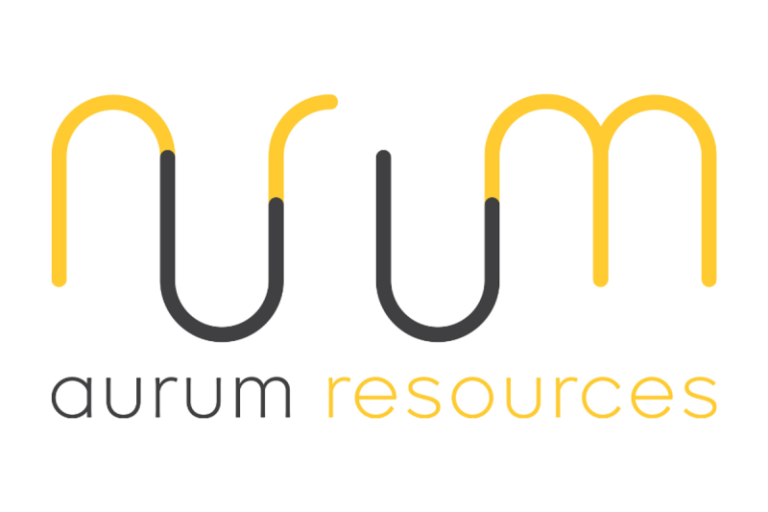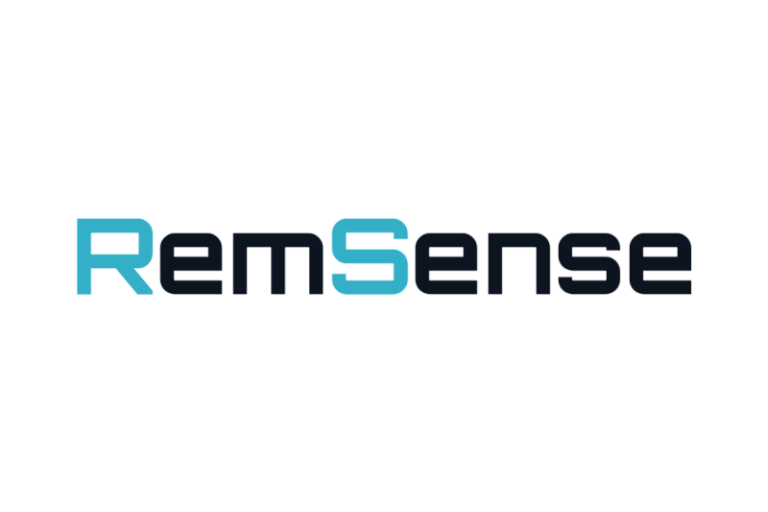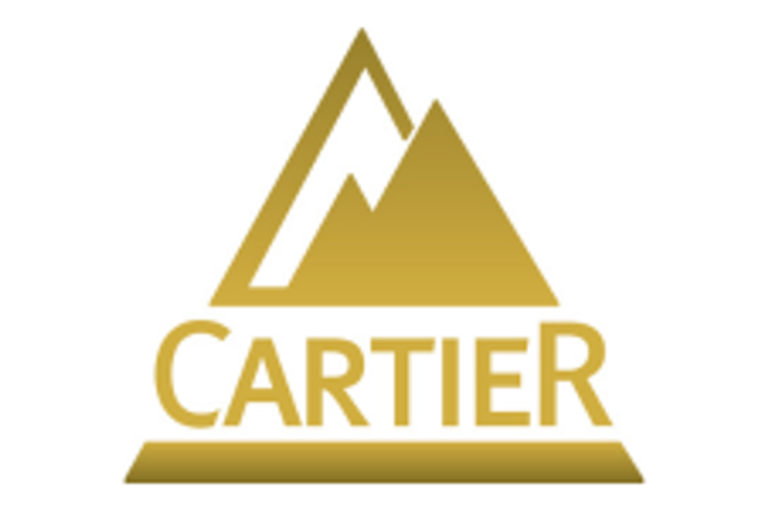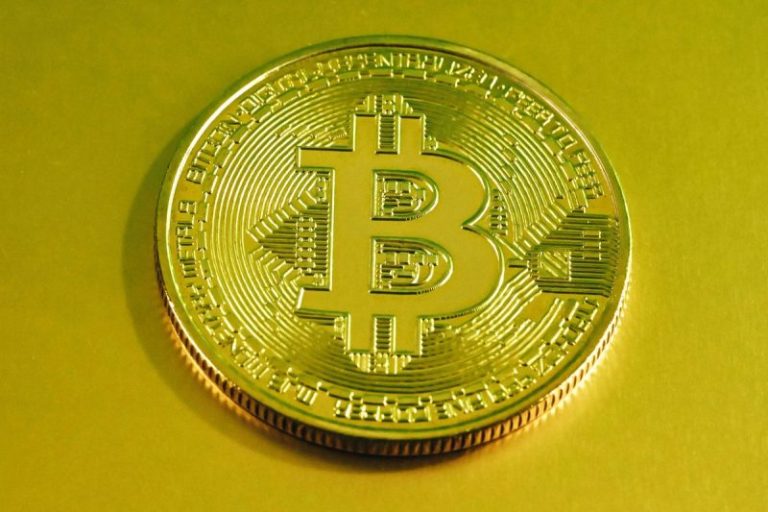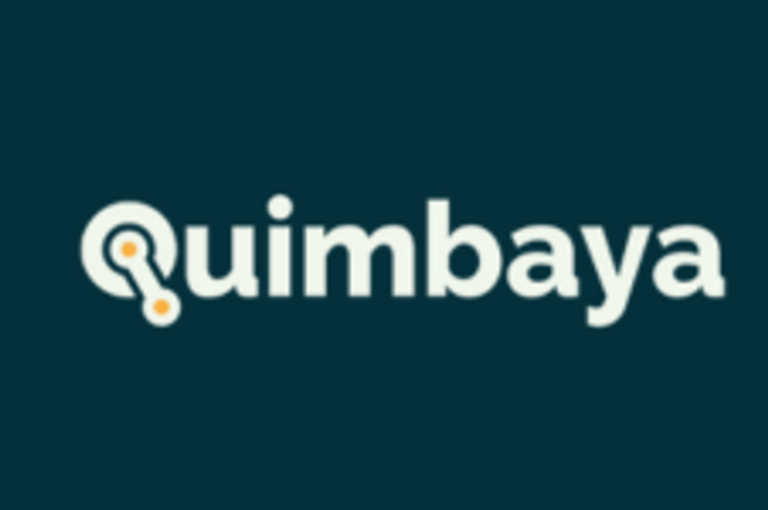The global transition to a green economy has been a boon for the cleantech market — it’s helping investment in renewable energy and clean technology continue to grow, allowing the sector to keep building momentum.
Though cleantech’s long-term outlook is stable, the industry is facing challenges in Western markets as US policy shifts have sparked climate finance concerns. With US leadership on climate finance appearing to recede, there’s an opportunity for the Canadian market to take a leading role.
In fact, Canada was the second-most represented country in the Global Cleantech 100.
Here’s a look at the best-performing Canadian cleantech stocks on the TSX and TSXV in 2025 by year-to-date gains. CSE-listed companies were considered, but none made the list at this time.
Data for this article was gathered on October 20, 2025, using TradingView’s stock screener. Only companies with market capitalizations greater than C$50 million were considered.
1. Anaergia (TSX:ANRG)
Year-to-date gain: 165.96 percent
Market cap: C$417.19 million
Share price: C$2.50
Anaergia is a global company that specializes in converting waste, including wastewater and agricultural and municipal solid waste, into renewable energy, clean water and organic fertilizer.
The company has operations in 17 countries spanning North America, Africa, Asia and Europe. In 2025, Anaergia has expanded its global reach through partnerships with companies in Italy and Spain, as well as through a partnership agreement to build a biogas facility in South Korea.
In July 2024, Anaergia closed the third tranche of a C$40.8 million investment deal with Marny Investissement that gave Marny a controlling interest of about 60 percent in Anaergia, supporting the company’s pivot to employ a greater focus on technology sales and operations and maintenance contracts.
The company’s September 2025 investor presentation highlighted its new strategy of streamlined operations, expanding through global partnerships and selective Build-Own-Operate delivery.
2. Tantalus Systems (TSX:GRID)
Year-to-date gain: 93.68 percent
Market cap: C$179.51 million
Share price: C$3.68
Tantalus Systems provides technology that gives utilities greater control and insight into their electric grids.
This includes advanced metering infrastructure (AMI), load management systems and grid analytics, all of which contribute to a more efficient and reliable power grid.
One of its key products, TRUConnect AMI, provides real-time data on energy consumption and grid conditions. The TRUFlex Load+DER Management system helps manage energy demand and integrate distributed energy resources like solar power, while TRUGrid Automation optimizes grid operations and improves response to events like power failures.
On July 7, Tantalus announced that it was extending its partnership with EPB in Chattanooga, Tennessee, to deploy 20,000 TRUSense Ethernet Gateways over the next five years, integrating with EPB’s fiber network to enhance grid modernization and operational efficiency.
The company’s annual recurring revenue has grown at an approximate compound annual growth rate of 18 percent since 2016, according to its October presentation.
3. CVW Sustainable Royalties (TSXV:CVW)
Year-to-date gain: 17.65 percent
Market cap: C$149.74 million
Share price: C$1.00
CVW Sustainable Royalties, previously CVW CleanTech, is a royalty company that invests in other cleantech enterprises in exchange for a share of their revenue.
The company rebranded and changed its TSX Venture exchange listing from a technology issuer to an investment issuer in July after transitioning to a royalty model in 2024.
It is still committed to commercializing its CVW technology, which recovers bitumen and valuable minerals like titanium and zircon from oil sands tailings ponds. This reduces the environmental impact of oil and gas production, making the Canadian oil sands industry more sustainable.
CVW is planning to deploy its technology through a model of non-operating interests or royalty streams.
Its first royalty investment was in Northstar Clean Technologies (TSXV:ROOF,OTCQB:ROOOF), a company with technology that processes end-of-life asphalt shingles into components, including liquid asphalt, as well as aggregate and fiber for industrial use. The deal was finalized in September 2024.
In July, Northstar completed commissioning and produced its first liquid asphalt at its plant in Alberta, Canada.
Securities Disclosure: I, Meagen Seatter, hold no direct investment interest in any company mentioned in this article.
